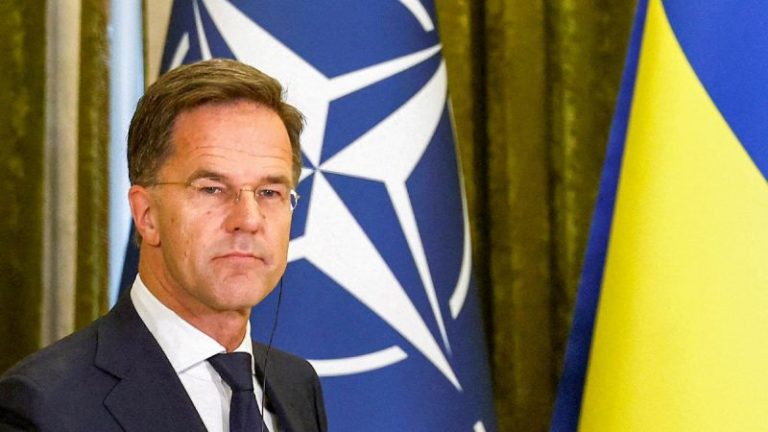After living through the Oct. 7 massacre while reporting from southern Israel and covering the war that unfolded in Gaza over the past two years, my takeaway is clear.
Hamas must release the hostages, lay down their arms and end the suffering of the Palestinian people.
In his 20-point peace plan, President Donald Trump has offered the residents of Gaza a future. A path forward. A chance at life. This flame of hope will be quickly extinguished without clear-minded and selfless decision-making by the remnants of Hamas leadership still alive in the aftermath of the conflict.
Regardless of your position on the war, objective observers would agree that this is a fork in the road for the Gaza Strip. Accepting the deal ultimately leads to Gaza being rebuilt, a new moderate government being ushered in and the start of a process that could lead to future discussions about Palestinian statehood. Rejecting the agreement will lead to Israel taking the entirety of the enclave, killing thousands more people and possibly making Gaza’s residents leave for other countries.
Hamas should consider what was being discussed just over six months ago, when both President Trump and Israeli Prime Minister Benjamin Netanyahu were approving a plan to forcefully displace Palestinian civilians from Gaza. The current agreement lets them stay, rebuild and maintain their culture.
It’s not a perfect plan, but it’s far better than the alternative. Israel has promised to continue with their ground operation against Hamas. The outcome for Hamas will be the same either way. They’ll either be out of power diplomatically or militarily. The latter traps the Palestinian people in the line of fire and could see them pushed from their land for good.
The suffering of innocent noncombatants in this war must end. That includes the hostages who were forcefully dragged from their homes two years ago. Hamas official Ghazi Hamad said in a recent interview that the hostages are being treated with Islamic principles. Holding civilians against their will in tunnels while refusing them access to the Red Cross is not within the bounds of Islamic principles. The hostages should be immediately released.
In our reporting, I’ve been critical of Israel’s military operation against Gaza due to the mass killing of civilians and widespread destruction in pursuit of a goal that still seems ever fleeting: defeating Hamas, a group built around an ideology, that could be easily rebranded under a new name.
An estimated 65,000 people have been killed in the Israeli campaign. Israeli officials privately do not disagree with that number, but stress that among the total are thousands of Hamas and Islamic Jihad terrorists.
Yes, the combatant to civilian ratio is relatively low for recent global conflicts. No, that doesn’t make the deaths of civilians any less notable.
In addition to saving their own people, ensuring the Palestinians maintain traditions on their own land and charting a healthy path forward for the next generation, Hamas would also get amnesty for their own leadership and fighters. They would get to live.
In remarks from President Trump alongside Israeli Prime Minister Netanyahu, the commander in chief did something very important. He humanized Palestinians and Israelis. He rightly said, ‘There are many Palestinians who wish to live in peace.’
Trump also spoke about the families of the hostages, who hold up signs speaking to him, asking for his help to bring their loved ones home. His comments spoke directly to civilian populations who have greatly suffered.
The Trump peace plan has been praised by countries around the world, including Saudi Arabia, Jordan, the UAE, Indonesia, Pakistan, Turkey, Qatar, Egypt, the United Kingdom, France and Italy. The question now is if it will be accepted by Hamas.
The answer lies in the ability of negotiating countries to convince Hamas of the stark reality. The future of the Palestinian people, the lives of the hostages and control of Gaza are at risk.










